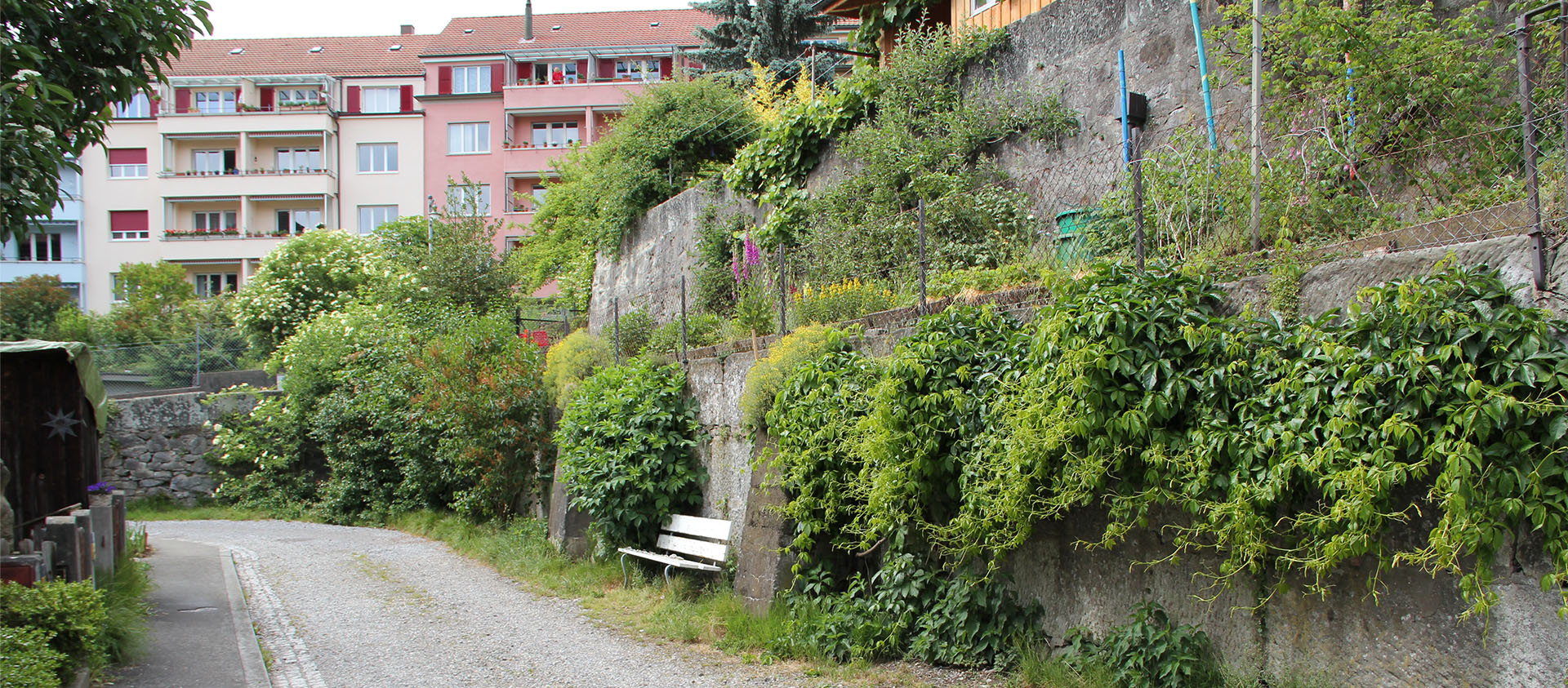UN Biodiversity Conference
Another attempt at halting species extinction
The Convention on Biological Diversity, also known as the Biodiversity Convention, is the most important international treaty on the protection of biodiversity. The tenth Conference of the Parties in 2010 featured the adoption of the Aichi Biodiversity Targets, which should have been reached by 2020. And were undeniably missed. The follow-up agreement to the Aichi Biodiversity Targets was to be adopted at the 15th Conference of the Parties (COP15). The COP15 had originally been scheduled to take place in October 2020 in Kunming, China, but was postponed to October 2021 due to the COVID-19 pandemic. The first phase of the negotiations was then held as a video conference and produced a very unspecific declaration centered around protecting 30 percent of the Earth’s surface. The follow-up agreement to the Aichi Biodiversity Targets is to be adopted at an in-person meeting in China during the first half of 2022. Markus Fischer, Professor for Plant Ecology and Director of the Botanical Garden of the University of Bern, is actively involved in IPBES, the Intergovernmental Science-Policy Platform on Biodiversity and Ecosystem Services, as an internationally acclaimed expert. There, he has helped devise science-based recommendations for action for the UN Biodiversity Conference and has contributed comments on the initial drafts of the new targets, referred to as the post-2020 global biodiversity framework.
